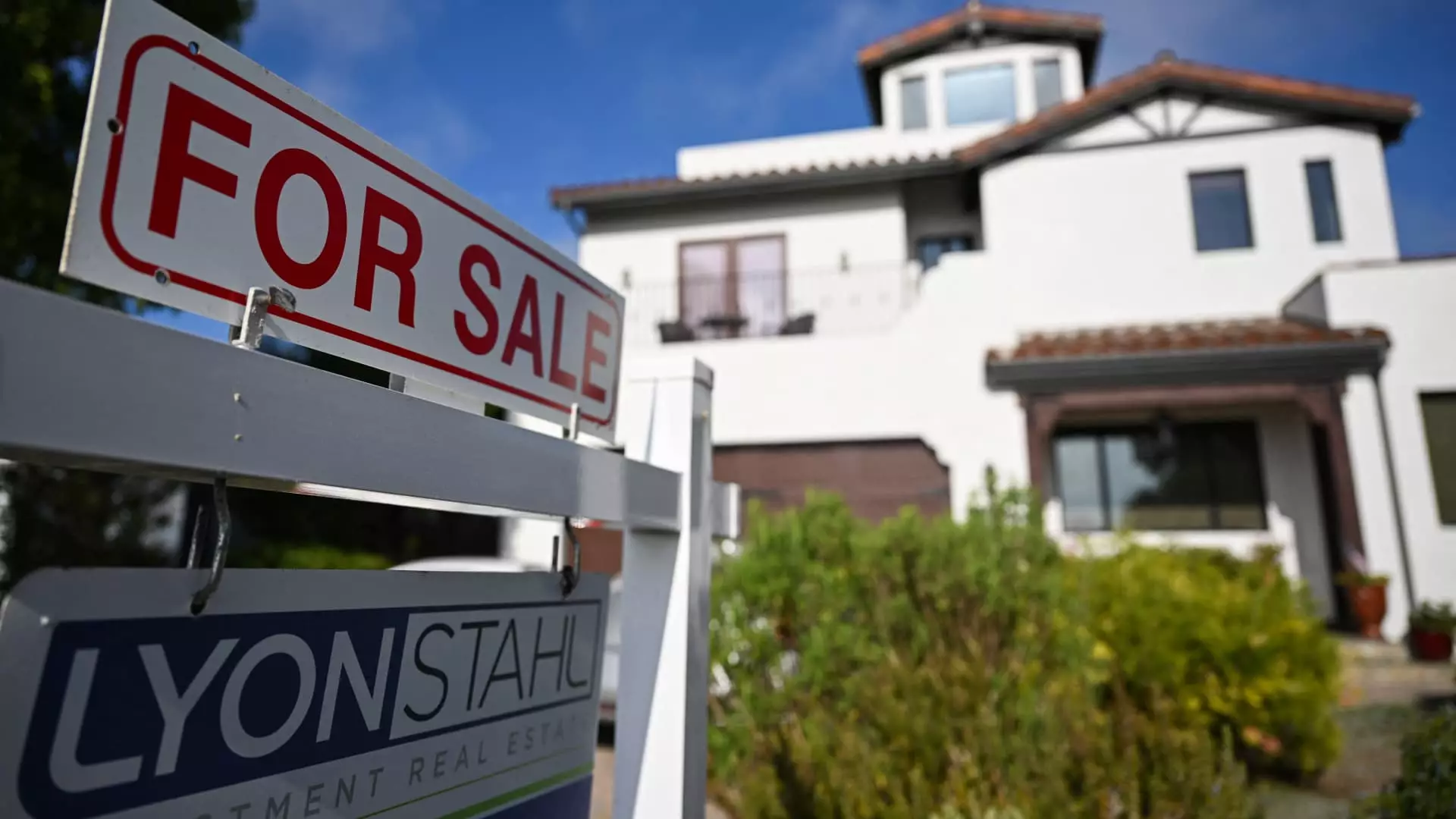Recent shifts in the financial landscape have led to a notable decrease in mortgage rates, following the Trump administration’s controversial tariff announcement. The average 30-year fixed mortgage rate dropped 12 basis points to settle at 6.63%, marking the lowest levels witnessed since October. This drop, while seemingly favorable, is only part of a much deeper and troubling narrative surrounding homeownership in the United States. What seems like a victory for potential homebuyers may quickly evaporate in the face of economic uncertainty, heightened by declining stock values and fluctuant investor sentiment. The bond market, often a refuge during tumultuous times, has pulled back some yields but not near enough to resolve the many challenges facing American families in their quest for affordable housing.
Why Are Housing Prices Still Climbing?
The housing market should be thriving with the arrival of spring, a season traditionally teeming with home buying activity. Instead, we find that a weight of factors—some immediate and some deeply entrenched—continues to suffocate the ambitions of would-be homeowners. For context, the typical monthly housing payment has now surged to an all-time high of $2,802, thanks in no small part to an alarming year-over-year increase in sale prices, which have risen by 3.4%. While interest rates may have slightly declined, that relief is dwarfed by the stark reality that housing prices have rocketed far beyond any sustainable norm. The median home price is projected to reach dizzying heights of around $460,000 by 2025, a figure that will only further diminish the pool of potential buyers. It is genuinely disheartening to observe that roughly 94 million households—about 70% of all U.S. households—now face an insurmountable barrier when it comes to affording homes above $400,000.
The Elusive Low-End Supply
There’s an evident mismatch between the types of homes available on the market and those that are most sought after by first-time buyers and lower-income families. Although there’s a growing supply purportedly flooding the market, these listings are often not reflective of the lower price points where demand is greatest. In fact, chronic underbuilding—an ongoing issue since the Great Recession—has tightened the screws around affordable housing even further. According to various analyses, new listings are primarily hovering at price points well above the reach of most households. Despite the slight uptick in listings, signals have emerged that highlight a growing disparity between supply and demand. For instance, homes are lingering longer on the market, a warning signal of a potential supply and demand imbalance that could thwart new sellers and deter buyers alike.
The Impact of Economic Factors
As we parse through data from Realtor.com, indications are clear that economic pressures are beginning to exert a pronounced influence over buyer behavior. Listings with price reductions are on the rise, and pending sales—essentially signed contracts for existing homes—have dipped by 5.2% year-over-year in major metropolitan areas. The declines in places like Jacksonville and Miami, at 15.1% and 13.7% respectively, serve as potent examples that the market may be yielding to broader concerns over economic uncertainty. High costs coupled with rising worry over personal job security—specifically in regions reliant on government employment—create an atmosphere of hesitancy, dampening the enthusiasm of would-be sellers and buyers alike. It’s frustrating to acknowledge, but all signs suggest we may be heading toward a market rebalancing that primarily favors those who already own homes rather than aspiring buyers.
Resolution or Disillusionment?
The recent downturn in mortgage rates—if anything—only scratches the surface of an increasingly complex housing dilemma. Homeownership should not be a distant dream reserved for the financially privileged few; yet, that’s exactly where many are left wanting. The systemic issues affecting affordability are neither simple nor quick to resolve. While the market could be on the cusp of a larger shift toward accessibility, the slowness with which opportunities are materializing lingers as a perplexing puzzle. As we grapple with the realities of rising home prices against a backdrop of economic anxiety, the future of homeownership demands our attention and action now more than ever. The stakes are high, and the time for reform is overdue.

